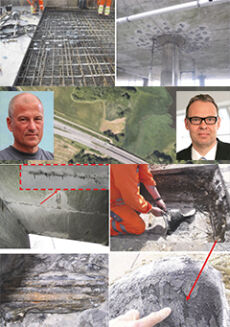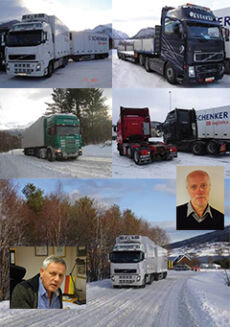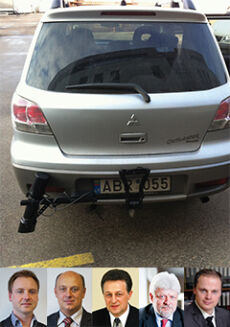Publications Routes/Roads Winter Service
This page lists publications (Routes/Roads articles, Congresses proceedings) of PIARC in the field of winter service. These publications are classified chronologically.
-
General report of the 14th International Winter Road Congress held in Andorra

General report of the XIV th International Winter Road Congress held in Andorra The general theme of this Congress was "Reconciling road safety and sustainable development in a context of climate change and economic crisis". It reminds us to incorporate all types of highly fluctuating parameters to ensure user safety and smooth traffic flow while addressing sustainable development considerations.
-
Assessment and repair of bridges subjected to de-icing salts

The use of chloride-based road salt can damage bridges and tunnels and, in many cases, remedial solutions must be adopted: a Danish paper explains how structural inspection is performed and which kinds of rehabilitation strategies are feasible.
-
Challenges related to winter operations in urban highway tunnels

Tunnels and winter service appear to be two topics without much overlap, but in reality the road's corrosive environment during winter permeates the structures; appropriate equipment and maintenance strategies need to be developed, e.g. for the electronics sector, such an approach is described in the article dedicated to Quebec's urban tunnels.
-
Traffic ability of heavy vehicles on an incline

Road freight operators are well aware that the combination of trucks/heavy vehicles, slopes and snowfall most often leads to difficulties or even traffic jams, yet only very few objective findings are available to qualify each of these components. Norway has conducted an analysis of factors influencing the ability of trucks to circulate under such conditions.
-
Materials and technologies for winter road maintenance in Lithuania

The certification of products used to provide winter service remains a very current topic; the next step calls for determining product performance and ensuring its harmlessness for the environment. This step relies on laboratory studies and full-scale testing. A very thorough research effort was completed in Lithuania and has been partially presented herein.